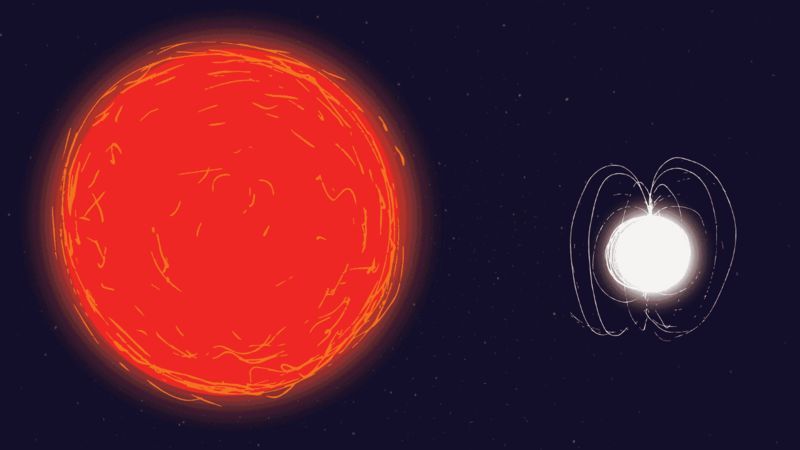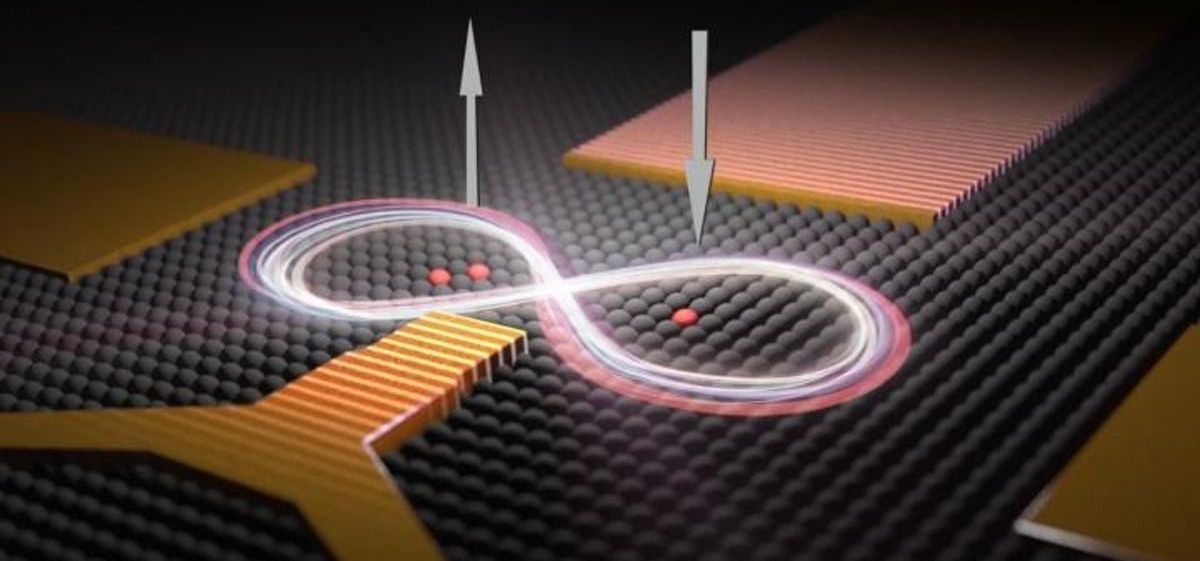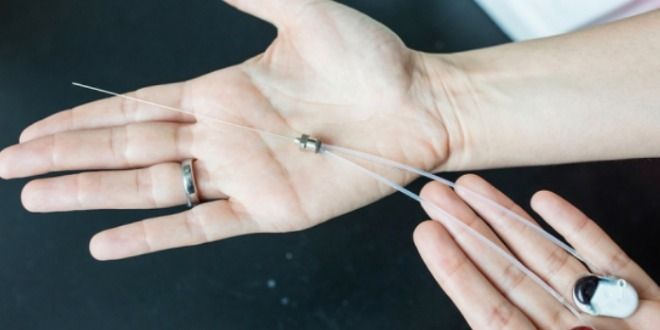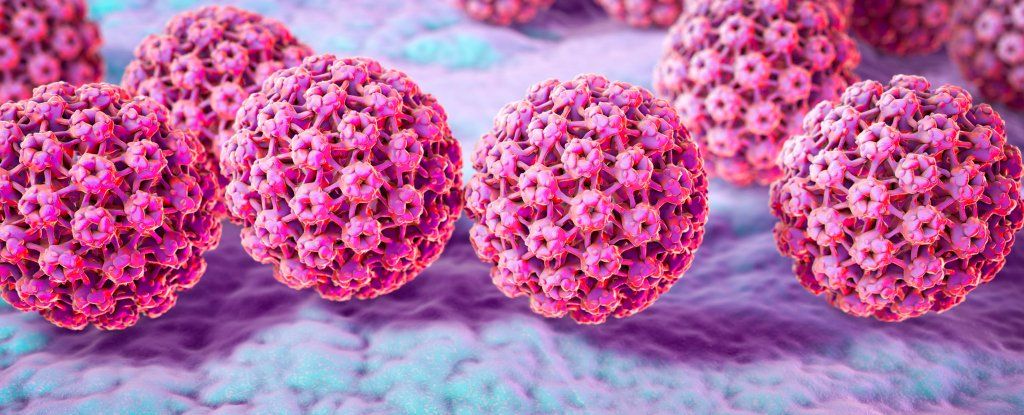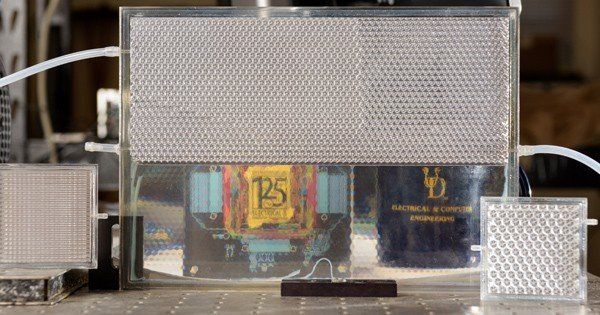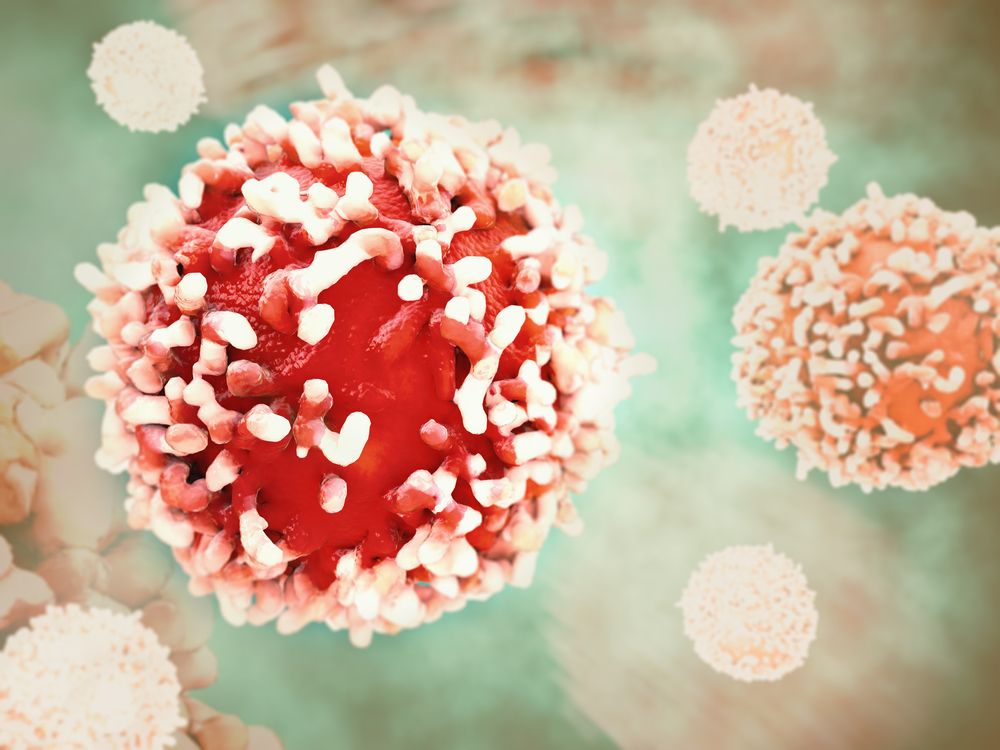Neutron stars aren’t the twinkle-twinkle kind you typically see in the night sky. They’re stellar corpses, and incredibly dense sources of gravity, with perhaps 1.5 times the mass of the sun packed into an area less than a dozen miles across. Around 9,000 light years away from Earth, one neutron star seems to have befriended a red dwarf. And scientists observed the new relationship beginning in a flash of energy.
An international team of researchers first spotted what looked like the symbiotic relationship of an old red dwarf star waking up a neutron star on August 13, 2017, using an Earth-orbiting telescope called INTEGRAL. While binary stars are common, lots of things about this finding, from capturing the initial blast that signaled the start of the stellar relationship, were a surprise.
“It was a very exciting find,” study author Arash Bahramian from Michigan State University told Gizmodo, “Especially given that it’s rare to see the start of the process.”
